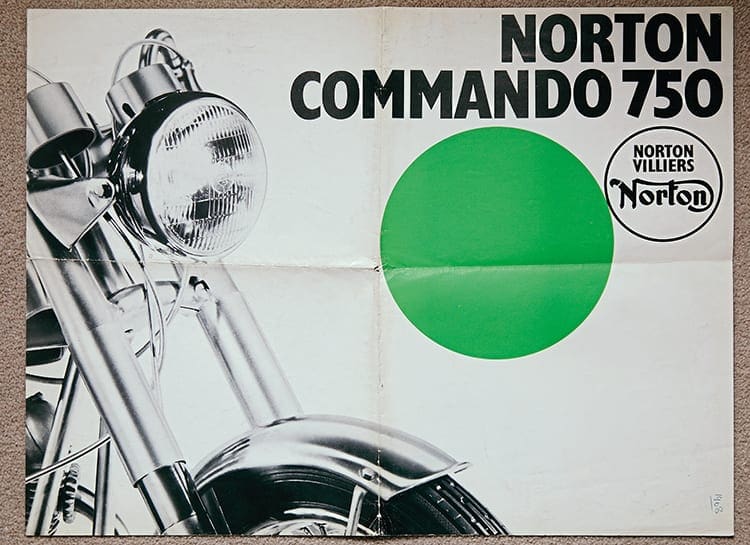Don't forget the secondary (inner) rubbers in the isolastic tubes.
I do not think the stock box heady steady is that bad (if it was more rigid) but the rubber cushions it uses have some limitations and the hanger spring might very well been to support those cushions.
Those cushions are certainly not there to take any weight, they are only a (intended) control for axial and radial forces within their working range (hence the slot adjustment, maybe with the wheels on the ground, maybe even with the rider aboard ? )
I will stick with my thoughts on where Dr B got the basic idea.
View attachment 21240 View attachment 21239
I believe ? RGM has been making replacement isolastic kits for longer than even AN.
If they were 'no good the word would have been out by now.
There was talk some years ago of kits with harder rubber and maybe more vibration than stock, the maker ?





